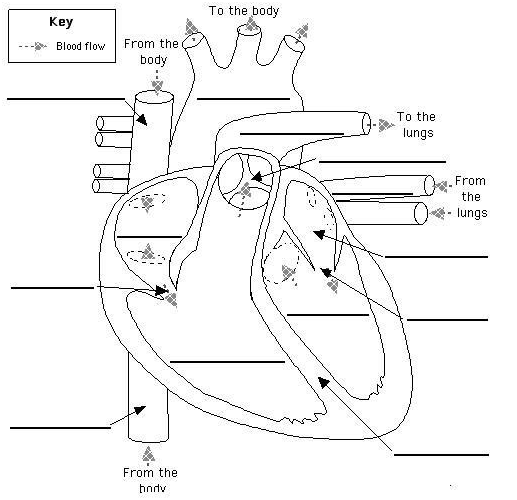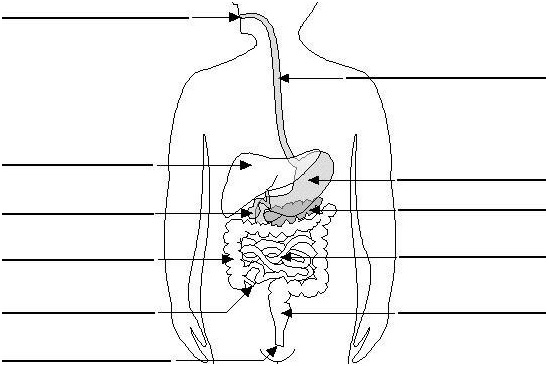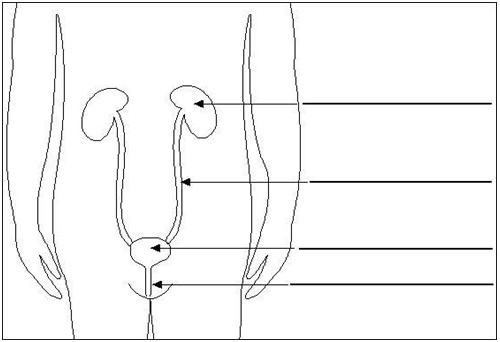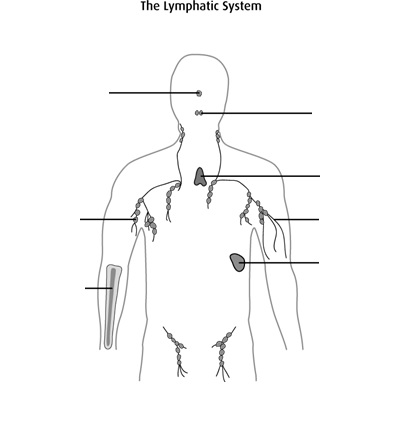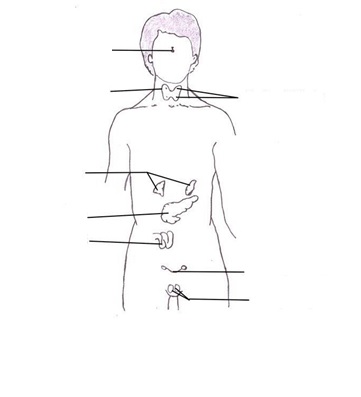HLTAAP001 Recognise Healthy Body Systems Australia
Looking for HLTAAP001 Recognise Healthy Body Systems Assessment Answers? Grab the opportunity to find assignment answers related to all subjects in your Academic. AssignmentHelpAUS.com is proud to offer online assignment help to the students of Australia. HLTAAP001 RECOGNISE HEALTHY BODY SYSTEMS. Location of the respiratory system. The respiratory system is located in the head, neck and chest.
HLTAAP001 Final Assessment-1
SHORT ANSWER QUESTIONS (SAQ)
ASSESSMENT 1: SHORT ANSWER QUESTIONS (SAQ)
- The questions are completed in class
- Briefly answer the questions below in the spaces provided. Use the space provided as a guide to the length of your
- This must be your own work
- You cannot use any resources for this assessment
- You must get a satisfactory response for each question
1) Q1: In the diagram of the heart below fill in the following terms: Inferior Vena Cava, Superior Vena Cava, Tricuspid valve, Aorta, Right Ventricle, Mitral Valve, Pulmonary artery, left atrium, Septum, Left ventricle, Right atrium, Pulmonary veins, Pulmonary valve
2) In the diagram of the lungs below fill in the following terms: Trachea (windpipe), cardiac notch, diaphragm, larynx, right superior lobe, left superior lobe, right inferior lobe, right middle lobe, bronchial tree, left inferior lobe.
3) In the diagram of the spine below fill in the following terms: Sacrum, coccyx, lumbar vertebrae, cervical vertebrae, thoracic vertebrae, skull
4) In the diagram of the brain below fill in the following terms: Parietal lobe of Cerebrum, occipital lobe of cerebrum, spinal cord, pons, medulla oblongata, frontal lobe of cerebrum, pituitary gland, corpus callosum, cerebellum, temporal lobe of cerebrum.
5) In the diagram of the skin below fill in the following terms: Hair follicle, sweat gland, melanocyte, sebaceous glanD, hair erector muscle, dermis, epidermis, hair shaft, subcutaneous tissue.
6). In the diagram of the eye below fill in the following terms: Lens, Pupil, Cornea, Iris, vitreous, retina, optic
7) In the diagram of the ear below fill in the following terms: Semicircular canals, nerves, stirrup, hammer, anvil, cochlea, eardrum, Eustachian Tube, Outer ear canal, Pinna.
8) In the diagram of the digestive system below fill in the following terms: Oesophagus, pancreas, rectum, mouth, liver, large intestine, appendix, anus, gall bladder, stomach, small intestine.
9) In the diagram of the urinary system below fill in the following terms: bladder, kidney, ureter, urethra
10) Fill in the table in the comparison between arteries and veins
| Arteries | Veins |
|
|
|
|
|
|
|
|
|
|
|
|
11) From the following list of muscles label the following diagram:
| Tibialis Anterior | Pectoralis |
| Quadriceps | Deltoid |
| Biceps | Frontalis |
12) Answer the following questions
a). The auditory nerve is associated with the:
b). The olfactory nerve is associated with:
c). The optic nerve is associated with:
d). The skin is covered by
13) Match the definition to the word by drawing a line.
| A. Mouth | Food undergoes chemical and mechanical digestion |
| B. Stomach | Externally visible part of the oral canal |
|
C. The Colon |
Extracts salt and water from solid wastes before they are excreted from the body. |
| D. Caecum | Marks the beginning of the large intestine |
|
E. The Duodenum |
Located at the junction of the stomach and the small intestine |
|
F. The Ileum |
Final portion of the small intestine, leads into the large intestine |
14) Name the parts of the lymphatic system: Adenoid, lymph node, bone marrow, tonsil, thymus, lymph vessel, spleen
15) Name the parts of the endocrine system:
Pituitary Gland
Parathyroid gland
Adrenal Glands
Pancreas
Gut
Testes
Ovaries
16) Label the female reproductive organ: ovary, cervix, uterus, vagina
17) Refer to the images below and indicate which human body system from the list below is depicted in each image.
Respiratory System
- Urinary System
- Nervous Systems
- Endocrine system
- Digestive system
Lymphatic System
- Cardiovascular systems
- Skeletal System
- Muscular system
HLTAAP001 Final Assessment-2
PROJECT (PROJ) CASE STUDY (CS)
ASSESSMENT 2: RESEARCH PROJECT/CASE STUDY
Read the instructions below before commencing this project:
- This is a take away assessment that can be prepared in your own time out of class.
- You are required to research the following topics and answer the questions within each topic
- Make sure you write clearly and legibly
- The length of the answer is indicated by the instructions for each task
- Your assessor will provide you with time frames to complete this assessment
- It must be your own work
- Attach additional A4 size papers to complete your responses, if the given space is not sufficient
1) Why do we get sick?
_________________
2) Regular exercise should be taken to ensure that the musculoskeletal system is maintained.
A). Differentiate between active and passive exercises in terms of definition.
B). Identify whether the following exercises are active or passive.
A)._________________
B). Identify whether the following exercises are active or passive exercise. Write the answer on the next column.
| Running | |
| weight lifting | |
| range of motion exercises | |
| Standing up | |
| Pilates with Physiotherapist |
3) It is important that care worker regularly check the Observations (Vital Signs) of a client or patient at all times and report abnormal readings to supervisor. List the normal range and equipment used to measure?
a). Body temperature and the name of the equipment used to measure? __________
b). Blood pressure and the name of the equipment used to measure?____________
c). List 2 symptoms of Urinary Infection? How do you measure the PH of urine?___________
d). List 2 symptoms of dehydration and the amount of fluids/day to ensure adequate hydration is maintained and helps to eliminate wastes from the body?____________
4) How would you assess that your client is at risk for eye disease?
5) How do the major components of each body system all interrelate to each other system?
6) What are the Basic principles of a healthy diet?
7) The immune system is a network of cells that are wholly responsible for maintaining your body’s immunity and overall health. (Discuss this statement below)?
8) What are the benefits of health promotion and maintenance? Discuss
9) Discuss the relationships between body systems required to support healthy functioning.
HLTAAP001 Final Assessments-3
SIMULATION OBSERVATION (OBS)
Assessment method 3:
| Simulation Observation Instructions: |
|
| Assessment Task 1. |
| Role Play Scenario
Students has to identify the different parts of the skeleton system with the dummy provided in the simulated environment at Care Plus Training. Student also needs to explain each associated organs with in the skeleton system and their functions. Student needs to explain the possible problems associated with skeleton system in the elderly patient, and how student support healthy functioning in an elderly patient.
A. Identify different parts of the skeletal system B. Measure the Body temperature by using glass thermometer of each other C. Measure the Blood pressure of each other
Trainer to use the below attached observation marking criteria to mark of the role play. |
HLTAAP001 Recognise Healthy Body Systems Assessment Answers … Important Topics In HLTAAP001 Assessments That You Must Know.
- HLTAAP001 pdf
- HLTAAP001 online
- HLTAAP001 learner guide
- Aspire HLTAAP001
- HLTAAP001 resources
- HLTAAP001 Assessment Answers
- Recognise healthy body systems assessment
- Healthy body systems in aged care
- HLTAAP001 Recognise Healthy Body Systems
- HLTAAP001 Assessment Sample
- HLTAAP001 Assessment Example


